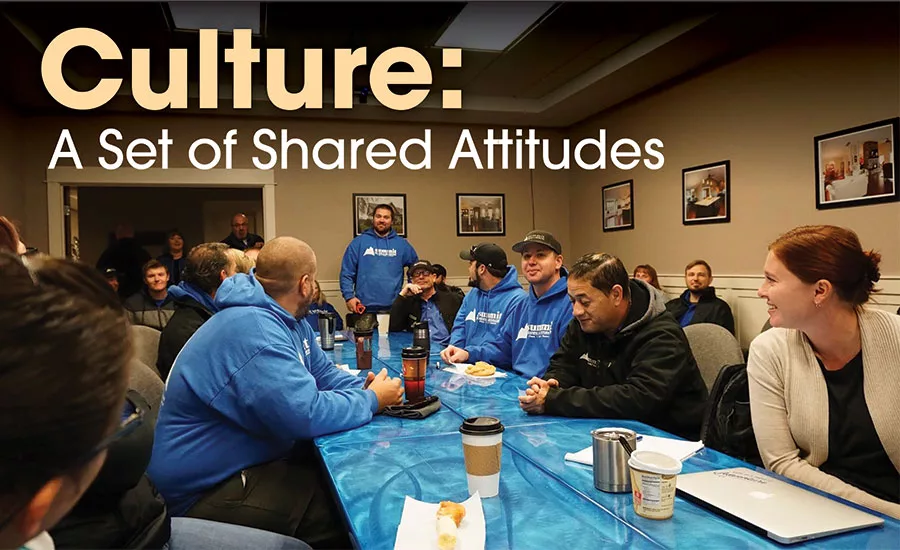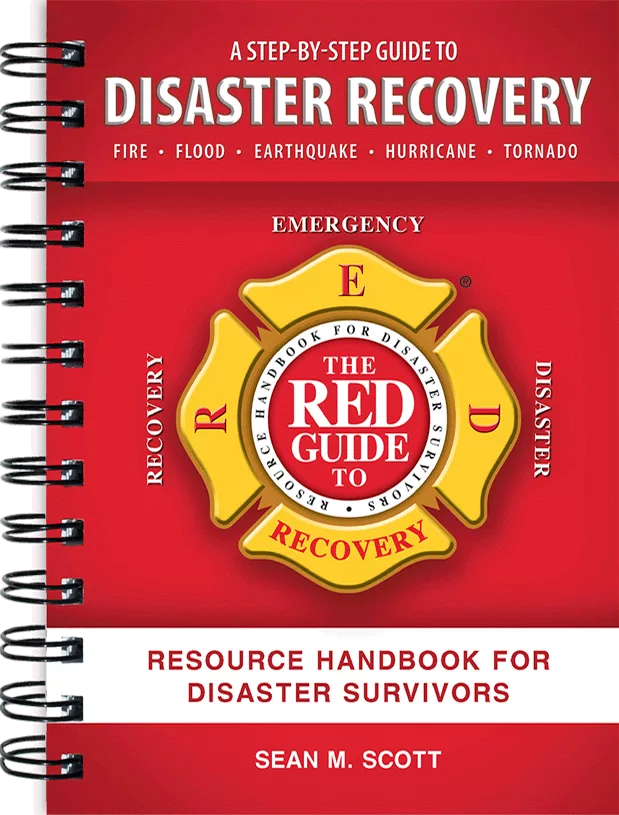Company Culture: Establishing a Set of Shared Values

What is company culture? The best definition I’ve seen so far is the set of shared attitudes, values, goals and practices that characterize an institution or organization. It’s that feeling you get when you walk through the company’s doors or interact with their staff. It’s the collection of priorities, values and beliefs driving the decisions that are made daily. The critical part here is that it’s shared by the whole organization, meaning it’s not accepted in pockets or something that part of the group prioritizes but its adopted and lived out by the entire team.
Why does it matter? As business leaders and owners, our list of “to do’s” and our piles of “great intentions” are never ending. We have many things and people vying for our time, energy and resources all within days and weeks that seem to become shorter and shorter as our businesses grow. So why should we prioritize investing our energies into creating culture? It’s simple really, we have no choice. Healthy cultures reduce turn-over, increase productivity, increase performance consistency, increase customer service levels and ensure our businesses remain committed to the principles that the organization started with. Our organizations are dependent on great employees because of this we have to attract, retain and grow A+ players. Those players are looking for organizations that intentionally create an environment that motivates them to be awesome and rewards them for it. In order for us to remain competitive and build companies that can sustain and grow, culture requires our intentional engagement.
So how do we do it? How do we create a company culture that best defines our organization and brings people to the team that will help us remain committed to it as the chaos of our industry ensues?
Identify and Establish
Take the time to intentionally process and put into writing the foundational principles you want to build your business around.
- Process your business’ “why” or “mission”. Why does your company do what it does? What motivates you even when things are tough? What is the reason you drag yourself out of bed in the middle of the night to slither into a crawlspace with 2 feet of standing water in it? What drives you and your team regardless of the size and scope of job or what markets you do business in now or in the future? It’s critical here that you look beyond profits and establish the driver behind your team regardless of what may change as your team grows and the industry changes.
- Establish your organizations core values; those three to five values that best describe you and your approach to service, how you interact with employees and conduct business.
- Take a look at what goals you want to set for your business. What major objectives do you want to hit over the next five to 10 years. Are you currently active in the residential sector but want to become a major player in commercial markets? Are you interested in building your business into a franchise and expanding nationally? Do you want to grow and establish your company as a premium service provider specifically in contents restoration?
Put words to the dreams you have for your business.
Build into Processes, Procedures and Training
Employee training and onboarding processes should help equip your team members to live out your company’s values and priorities. In conjunction with technical training on smoke and fire cleaning, you should also be equipping your employees with “soft skills” such as conflict management, communication skills and listening skills. Ensure that performance evaluations and professional development plans not only cover technical aspects of your employee’s position but also address the characteristics and behaviors that align with your team’s values and priorities. Your standard operating procedures should include actions that ensure customers, referral partners, and business partners are treated in a way that matches your company’s values. As the saying goes, “make it easier to do the right thing than it is to do the wrong thing”.
Communicate, Reward and Affirm
You’ve probably heard the saying “anything worth saying is worth repeating.” When it comes to the attitudes, values, goals and the guiding practices of your business you will need to communicate them clearly and often. As you talk to perspective employees talk about what’s important to your organization build questions into your interviewing process that help you learn if the individual will fit with and contribute to the direction you and your team are headed. General orientations for new employees should cover them in detail. Take the time to introduce your new team member to the culture you are building within your organization and let them know how they can contribute to the team’s success. As you conduct all company meetings, ensure that you are consistently pointing your team back to your core values, priorities and most of all your company’s “why.” Provide spaces for peers and leadership to recognize team members for living out key behaviors and/or actions that support your company’s culture during team meetings and company events.
In Dr. Henry Cloud’s book, “Boundaries for Leaders”, he refers to the fact that what happens within our teams and businesses happens because we either allowed it or intentionally made it happen. Either way, the environment that takes shape within your organizations is a result of your actions or lack thereof. With this in mind how many of us have stopped long enough to proactively think about what kind of business or team we want to have? Have we taken the time to think about how we want the work environment to feel, what kind of principles we want to live by, how we want our team members to treat one another and our customers, and what is the real purpose behind our business? No matter how busy we are, we can never forget our primary mission of creating and sustaining our team or company’s culture. This is how you breathe the passion for your business into your team and equip them to take your organizations into the future.
Looking for a reprint of this article?
From high-res PDFs to custom plaques, order your copy today!






